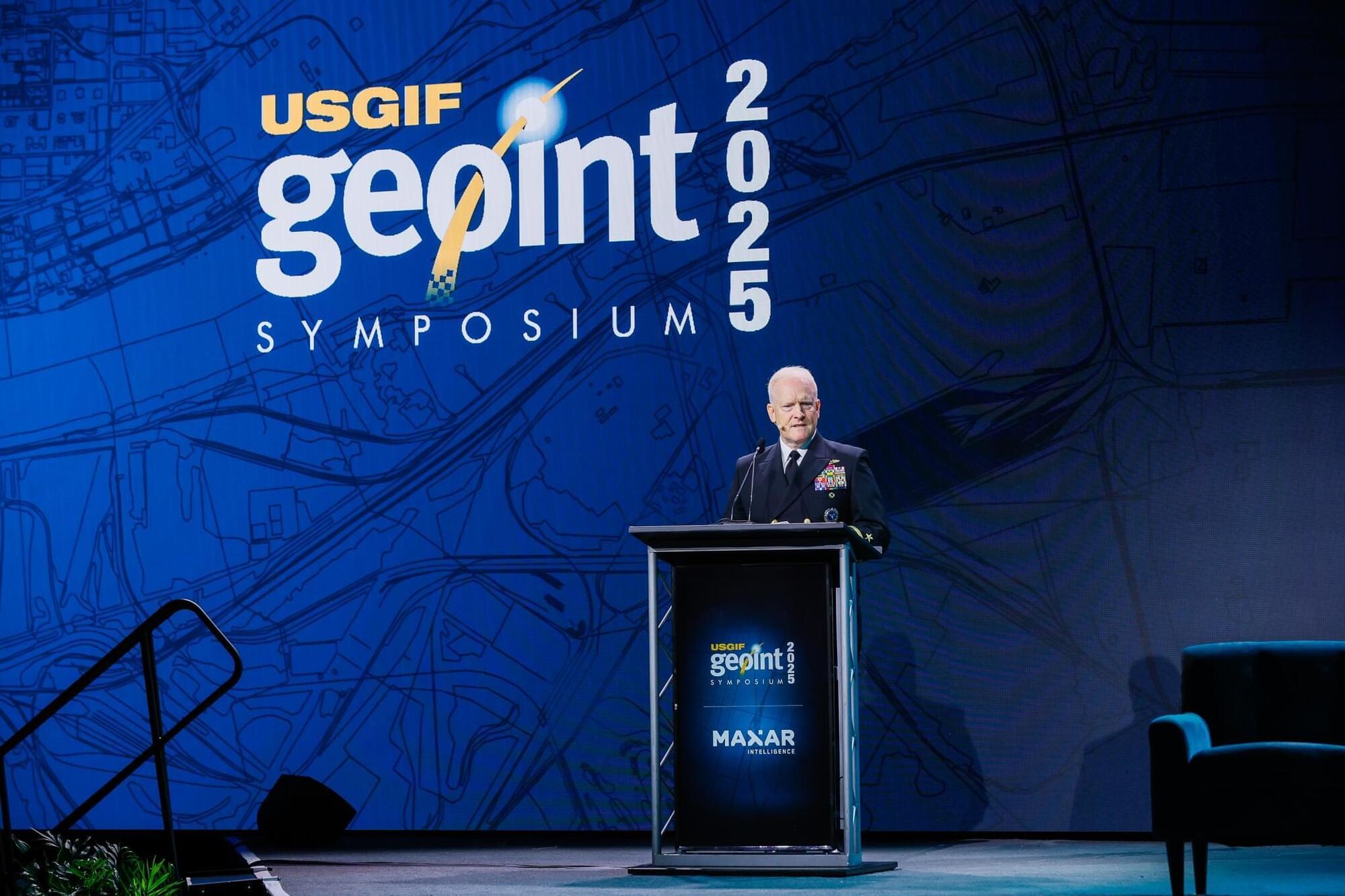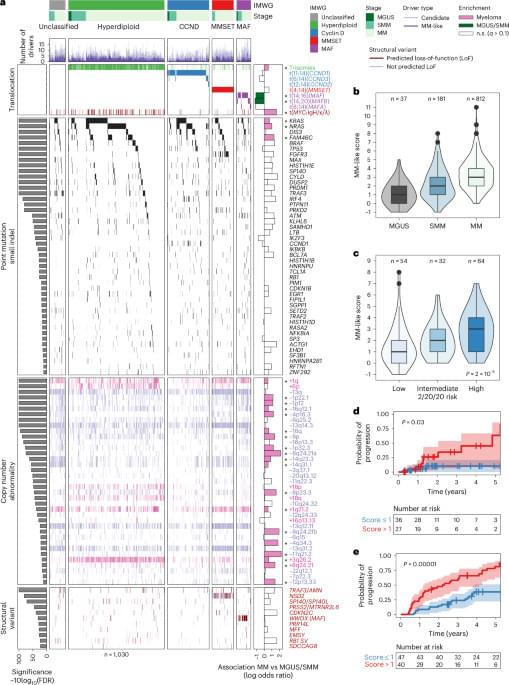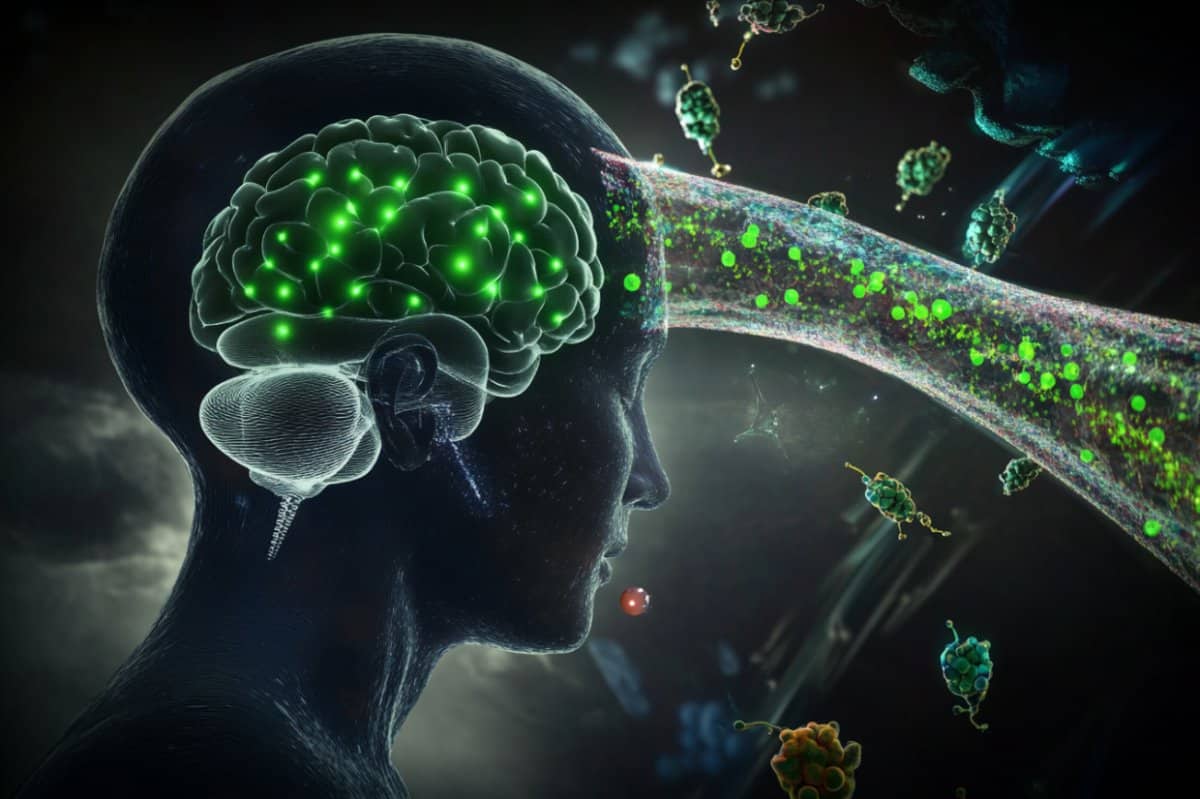Pentagon increases budget for Palantir’s AI software in major expansion of Project Maven



As many as 60 malicious npm packages have been discovered in the package registry with malicious functionality to harvest hostnames, IP addresses, DNS servers, and user directories to a Discord-controlled endpoint.
The packages, published under three different accounts, come with an install‑time script that’s triggered during npm install, Socket security researcher Kirill Boychenko said in a report published last week. The libraries have been collectively downloaded over 3,000 times.
“The script targets Windows, macOS, or Linux systems, and includes basic sandbox‑evasion checks, making every infected workstation or continuous‑integration node a potential source of valuable reconnaissance,” the software supply chain security firm said.

Cybersecurity researchers have disclosed a malware campaign that uses fake software installers masquerading as popular tools like LetsVPN and QQ Browser to deliver the Winos 4.0 framework.
The campaign, first detected by Rapid7 in February 2025, involves the use of a multi-stage, memory-resident loader called Catena.
“Catena uses embedded shellcode and configuration switching logic to stage payloads like Winos 4.0 entirely in memory, evading traditional antivirus tools,” security researchers Anna Širokova and Ivan Feigl said. “Once installed, it quietly connects to attacker-controlled servers – mostly hosted in Hong Kong – to receive follow-up instructions or additional malware.”
Scientists call for halt on ‘mirror life’. A new study suggests that creating a new tree of life could put the earth at unprecedented risk. paper: https://www.science.org/doi/10.1126/science.ads9158 #science #breakthrough #biology #mirrorlife #shorts 🚀 JOIN US for members-only content: https://www.patreon.com/DrBenMiles 🤘👨🔬 ROCKSTAR SCIENTIST Merch: https://www.rockstarscientist.org/ 📸 INSTAGRAM https://www.instagram.com/drbenmiles A few people have asked so I’ve added the info below. Some of these are affiliate links. If you make a purchase it doesn’t cost you anything extra, but a percentage of the sale will help support this channel and my work to bringing entrepreneurship into science. Camera : Sony A7III https://amzn.to/3OWrmGd Lens: Sigma 402,965 16 mm F1.4 https://amzn.to/49BNJdq Mics: Shure SM7B https://youtu.be/lVTS_J7Xmxs Zoom H4n Pro https://amzn.to/3OXsklB Sennheiser AVX https://amzn.to/4geWnBi …


Wenzhou Medical University researchers have reimagined the spleen as a viable site for islet transplantation, enabling long-term diabetes control without the burden of full immunosuppression. Nanoparticle-driven spleen remodeling allowed transplanted mouse, rat, and human islets to restore normal blood sugar in diabetic rodents and cynomolgus macaques.
In type 1 diabetes, the immune system destroys native beta cells, the insulin-producing cells housed within pancreatic clusters called islets of Langerhans. Islet transplantation transfers these clusters from donor pancreases into the portal vein of the recipient’s liver, where they settle in the hepatic microvasculature. Once in place, they resume insulin secretion to reduce or eliminate injections and restore glycemic control.
Liver-based transplantation has significant drawbacks. Immune attack, low oxygen tension, and the rigidity of hepatic tissue often destroy most transplanted islets within hours. Upward of 70% of cells are destroyed before engraftment, forcing reliance on multiple donors per recipient and blunting therapeutic success.

The new gaming dimension is here. The Odyssey 3D brings stunning glasses-free 3D experience to life – making games feel more real and the action more exciting.
Discover more at http://www.samsung.com.
• Glasses-free 3D experience.
• AI 3D Video Conversion.
• 165Hz refresh rate and 1ms response time (GtG)
• Nvidia G-Sync Compatible.
#Odyssey #3D #G90XF #Gamingmonitor #Gaming #Samsung

In recent years, scientists discovered something strange: When mice with Alzheimer’s disease inhale menthol, their cognitive abilities improve.
It seems the chemical compound can stop some of the damage done to the brain that’s usually associated with the disease.
In particular, researchers noticed a reduction in the interleukin-1-beta (IL-1β) protein, which helps to regulate the body’s inflammatory response – a response that can offer natural protection but one that leads to harm when it’s not controlled properly.